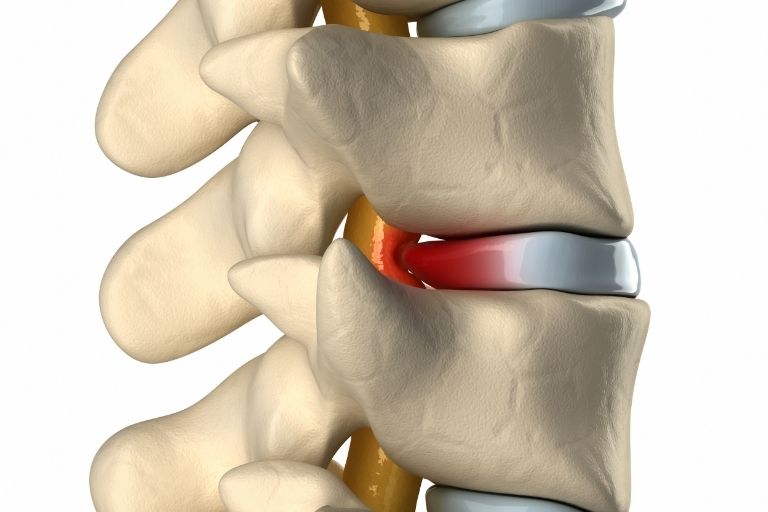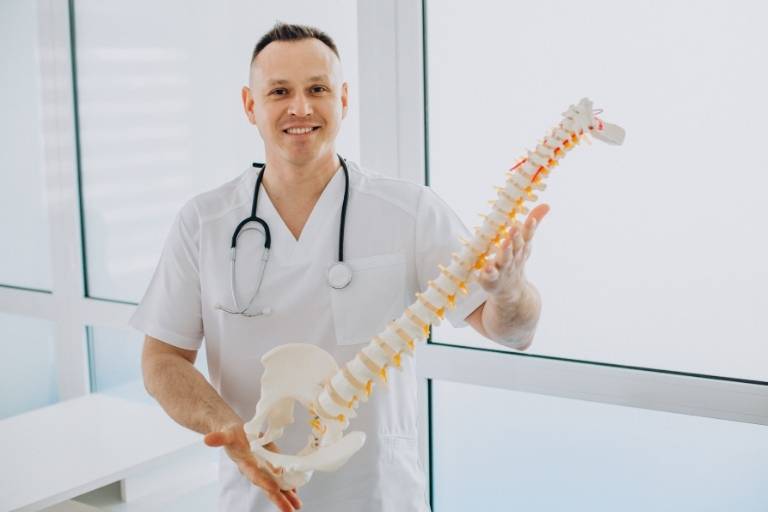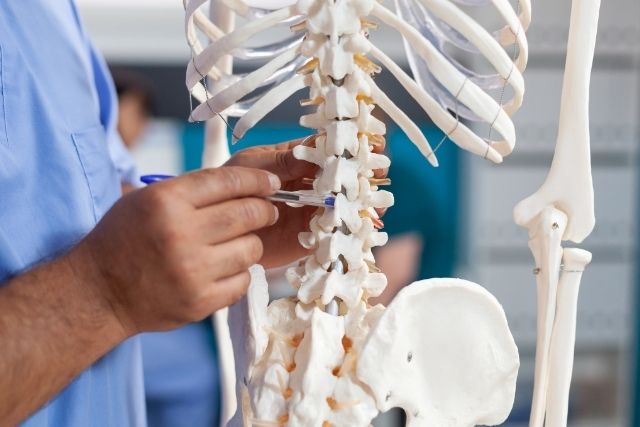Does cracking your joints hurt your joints? The answer is YES, inappropriate repetitive cracking of the joins hurts them… not because of the “crack” but because of ligament and cartilage damage. If you repeatedly crack your joints they become somewhat unstable by producing laxity in the ligaments that hold the joint together so the joint loses its stability. Stressful micro-movements of the joint make it arthritic with the cartilage deteriorating.
What is that sound in the first place you ask? Is it snapping my ligaments? Is it cracking my bones? No, it’s neither of those. It is the inert gases in the joints that move from a liquid suspension to a gaseous state when there is a vacuum formed by the separation of the sealed synovial fluid-filled joint. That’s a mouth but it means that the “crack” happens when the adjustment causes a temporary vacuum to form in the joint, much like when a kitchen device is used to stick something to the counter; when you pull it off it makes a popping sound.
So is it ever appropriate to crack the joints?
This is a perfectly safe procedure WHEN IT IS PERFORMED BY A QUALIFIED DOCTOR OF CHIROPRACTIC. Over 50% of Canadians and Americans have experienced a specific spinal adjustment by a chiropractor. You’ll be shocked to know that chiropractors deliver somewhere around 8,000,000 (yes, eight million) spinal adjustments every day in the world. Allow anyone else you take your chances, but it’s your life.
How does a Chiropractic College train a chiropractor to perform these amazing joint corrections? The school starts to prepare the student chiropractor with a historical perspective of the profession as to why they are entering a profession that cares for its patients without drugs or surgery, using only natural methods. Many courses focus on the neurology behind how the patient’s healing abilities to improve their condition and restore their health are activated or enhanced by receiving a chiropractic spinal adjustment.
Classes in Anatomy and Physiology have a special focus on detailed spinal anatomy. The spine is a functional kinetic structure that supports the frame of the entire body so included are subjects on biomechanics; they discuss the inter-dynamics of such things as the cross-crawl mechanisms, the interrelationships between the spine and pelvis, the spine and shoulder girdle; between the joints that connect the head to the neck. The outcome of this educational focus is superb expertise of the spine and its structural and physiological functions.
It is during the Clinical sciences phase of chiropractic education that the manual manipulation of the spine techniques is taught. There are over 144 different known spinal adjusting techniques. Most chiropractors learn the 6 most commonly used techniques and then migrate to one of the others based on personal interest and aptitude. That is why people go to different chiropractors and get some of the same methods but also something very different. This is the most interesting Art and Science.
If you liked this post, say thanks by sharing it! Amet.







